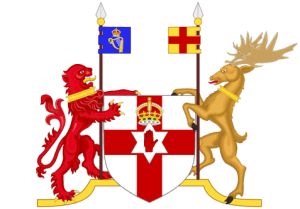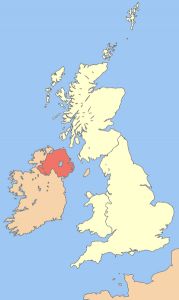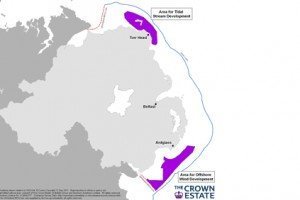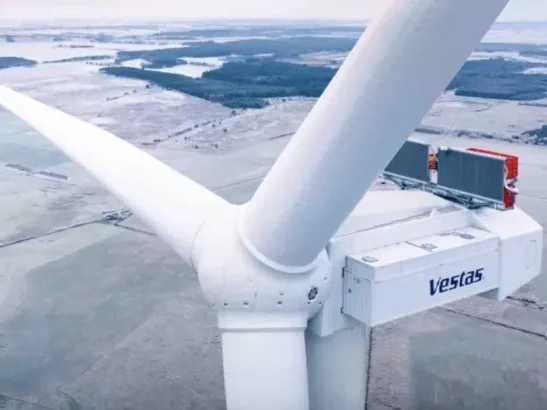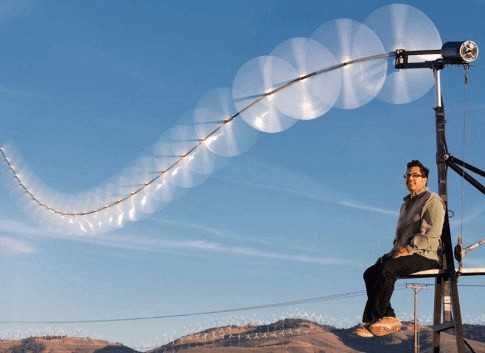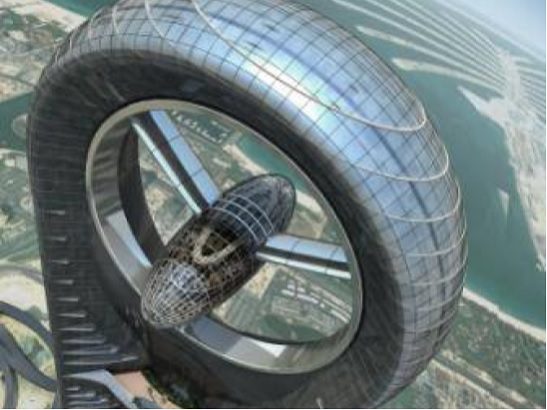On the North Eastern part of Ireland, Northern Ireland, part of the United Kingdom, is well placed to benefit from wind power. It has the highest average wind speeds across Europe and extreme high average wind speeds at coastal locations and at higher located areas. The amount of electricity produced from renewable energy sources in Northern Ireland almost trebled between 2005 and 2010 and now accounts for nearly 10% of all electricity consumed.
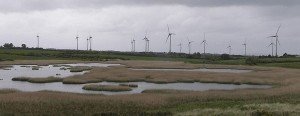
There are some environmental issues and planning permission for new turbines is unlikely to be granted unless the noise created will be less than 35 decibels at the boundaries of properties/dwellings. However, the Northern Ireland Executive reiterated its intentions to achieve 40% of electricity consumption from renewable sources by 2020. Wind energy currently supports an estimated 400 full-time equivalent jobs in Northern Ireland, but to meet targets these numbers will increase significantly.
A significant new development is that companies have been invited to bid for projects to deploy up to 800MW of offshore wind turbines and tidal stream devices in Northern Irish waters by 2020. Award of contracts will be announced in August this year.

Northern Ireland Energy Minister Arlene Foster said she was very encouraged by the interest shown by developers so far.
“Northern Ireland offers a strong but accessible offshore resource, world-class research facilities at our universities, a strong engineering tradition and an excellent port infrastructure,” she said.
One of the major projects onshore last year was at Slieve Kirk wind farm. The overall project comprises the design and construction of 12 Siemens 2.3MW wind turbines at Slieve Kirk Mountain in Co. Derry and Co. Tyrone and associated access tracks, hardstands, laydown areas and the sub-station. Also included in this project are the haul roads to the site entrance and the construction of the sub-station.
It is now operational:
- Wind farm name: Slieve Kirk
- Country: Ireland
- Total installed power: 63 MW
- Estimated annual production: 157 GW.h (for an equivalent of 2500 hours of full load/year)
- 12 Turbines
- Total nominal power: 63000 kW
- Operator: GE Wind Energy
Only last week, there was a Policy Workshop run by The Northern Ireland Renewables Industry Group (NIRIG) which is a collaboration between the Irish Wind Energy Association and RenewableUK. NIRIG represents the views of the Renewable Energy Industry in Northern Ireland, providing a conduit for knowledge exchange, policy development support and consensus on best practice between all stakeholders in renewable energy. It was held in the Hilton Hotel, Belfast and focused on the contribution of the renewable energy industry to the economic and environmental future of Northern Ireland. It examined the key needs of the renewables industry with regards to infrastructure development and delivery and addressed the specific policy issues and industry responses to responsible environmental development.

It’s also recently been announced that Ralph P Ruppert, MWPS Ltd. Managing Director has taken on an additional new challenge, as Director of newly formed wind energy developers Green Wind Energy Limited, Belfast.
His clear view is that Northern Ireland is set to fall woefully short of the highly ambitious target set a few years ago which committed the region to source 40% of its power from renewable sources by 2020.
“I’d say we will be very fortunate to get close to 20% never mind 40%”, says Ruppert.
He says that Green Wind Energy’s expertise lies in helping landowners capitalize on the government incentives available now, providing single wind turbines that feed directly into the electricity grid. Ruppert believes that the sum of these smaller projects can really make a big difference.
Last year, Minister Arlene Foster announced that grants paid to renewable energy projects would increase, particularly for wind turbines below 250kW capacity. “This really opened up the opportunities for single turbine projects and has made a huge difference.” Said Ruppert.
Looking at the Irish market nowadays, he says that it is quite competitive for a relatively small market. “In addition the severe economic downturn over the last couple of years has had the effect of contracting demand in the industrial market, in particular, further increasing the competitive pressures on players in the market. From where we are today we should expect to see only very modest growth in the energy sector in Ireland”.
“The 40% renewables target certainly puts pressure on the sector,” he says. “What is vital is that the incentives regime is secure and certain to attract the levels of investment needed. Consents, connections and financing are the big issues for renewables and certainty in the first two make obtaining the latter that much easier. My sense is that the institutions are struggling with really making renewables a reality in NI. There is a real sense that we haven’t managed to get the process joined up or that there is a recognizable single focus for driving towards the SEF targets. We need the Northern Ireland Government to push the renewable agenda – after all, it is their own agenda, if we are to be truly successful and committed as a region to a renewable energy future.”
This failure to connect the rhetoric greenery of Government with the practical realities of financing, building and operating wind farms is a familiar one of course. But don’t they have it right in Scotland?
“Over in Scotland, they are very fortunate to have an administration and a First Minister in Alex Salmond who is highly proactive and focused on delivering their renewable energy targets and who talked up the renewables energy sector. It is very simple. If the government here is really committed to renewable energy, then it has to support the renewable energy industry which is trying to deliver on the 40% commitment.”
Green Wind Energy Ltd. and all others in this marketplace face significant challenges on the way to producing increasing amounts of renewable energy in Northern Ireland. The main one will be the planning consent for wind turbines. This is relatively slow and difficult and needs to be speeded up if targets are to be reached. The second is a quick and easy connection to the grid. The third is a financial commitment from the Government and finance providers.
It has also been reported that people living near wind farms in Northern Ireland could be missing out on significant amounts of money to fund community projects. A report being published in Co. Fermanagh claims renewable energy developers pay about four times more into community funds in Britain than they do in Northern Ireland. There are 14 community funds in Northern Ireland which receive income from commercial wind farms, but it is significantly less than similar schemes in Britain. Also while some communities in Scotland own their own wind turbines, earning hundreds of thousands of pounds and helping to pay for projects such as new schools, no such community ownership currently exists in Northern Ireland.
Anne Monaghan from the Fermanagh Trust, left, said the Enterprise Minister Arlene Foster (see photo earlier) had already taken note of their research. “In other parts of the UK, there are opportunities for communities to own a wind turbine, to part-own a wind farm.”
The research carried out by the Fermanagh Trust calls for politicians and the renewable energy industry to work more closely with communities to ensure greater financial benefits for those living near the turbines.
Finally, Quinn Wind Energy, an independent power producer owned by family members of Sean Quinn – Ireland’s richest man until plunging into bankruptcy during the financial crash – has been placed in administration. Like many of the Quinn Group’s assets, its wind farms are now likely to be sold, with the money going to pay down outstanding debts. Second-hand turbines will almost certainly feature in these sales.
The privately held Quinn Group was one of the earliest investors in wind energy beginning with 1994 commissioning of the 18-turbine Slieve Rushen project in Northern Ireland’s County Fermanagh (see photo).
In 2008 Slieve Rushen was repowered using Vestas V90 turbines, lifting its capacity from 9MW to 54MW and making it the largest wind farm in Northern Ireland.
Quinn grew his business from a small quarrying operation in the Northern Irish village of Derrylin in the 1970s to a multi-billion-euro empire, with more than 5,000 employees and interests spanning energy, cement, glass, insurance, hotels and real estate.
However, his fortunes were reversed by the disastrous bet he placed on Anglo Irish Bank, which was ultimately nationalized in 2009 during the throes of the financial crisis. Quinn is understood to owe Anglo Irish – which has since been rebranded as the Irish Bank Resolution Corporation (IBRC) – nearly €3bn ($3.8bn).

